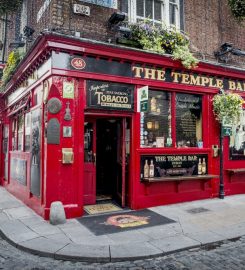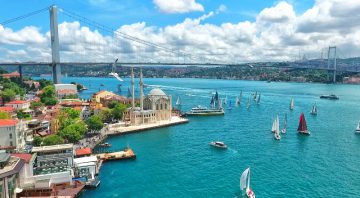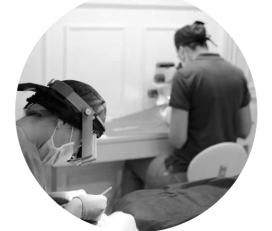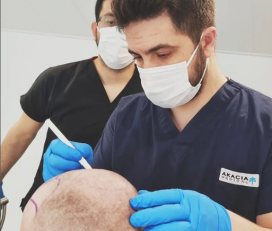

21 Top-Rated Attractions & Things to Do in Dublin
Dublin is renowned for its rich cultural heritage and warm hospitality. It lies on a large bay between Howth to the north and the headland Dalkey south. The city is divided by the River Liffey which flows into the harbor. There are many bridges that span the north-south divide. The most well-known is O’Connell Bridge. All are beautiful places to walk and soak up the essence of the capital.
Dublin was the second capital of the British Empire. The graceful Georgian architecture and beautiful parks are testaments to this turbulent past. The capital of Ireland has been home to such famous literary figures as Yeats and Beckett, Shaw, Shaw, Wilde, and Joyce. In 2010, Dublin was designated a UNESCO City of Literature. Its rich written heritage dates back to 800 CE. The Book of Kells is on permanent display at Trinity College.
Dublin is a sprawling city, but it’s not so large that it rises. The city center can be explored easily on foot and there are convenient public transport links to take you anywhere you want.
There are lots of what to do in Dublin for a day as well as many things to do in Dublin city centre.
Our list of top attractions and things you can do in Dublin, Ireland will help you find the best places.
1. Trinity College and College Green
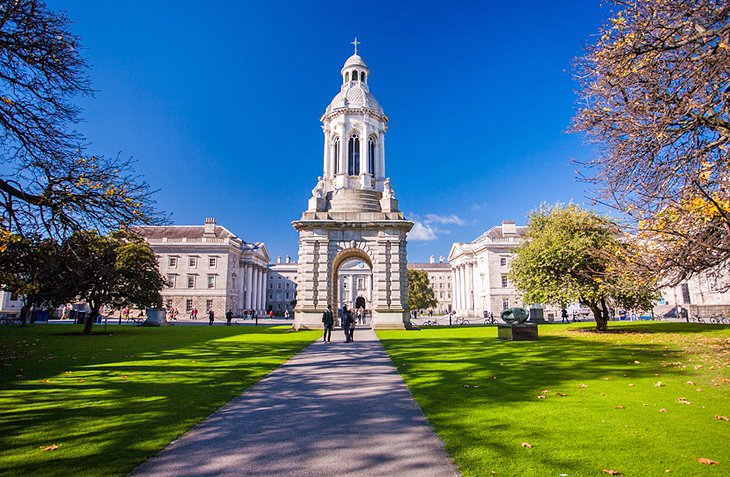
Trinity College is the ideal place to start your Dublin tour. It is located in the center of Dublin, full of amazing history. The oldest university in Ireland was founded by Queen Elizabeth I in 1592.
Trinity occupies a 40-acre location. It retains some of its old seclusion of cobbled spaces, gardens and parks. The collection of great treasures is renowned around the world. On permanent display are the 9th century illuminated manuscript, the Book of Kells and the Books of Durrow, Armagh and an ancient Irish Harp.
The treasured artifacts can be seen in the Treasury, the 18th-century long room that houses more than 200,000 Trinity’s oldest books and hosts literary exhibitions. To avoid long lines, book the Early Access Book of Kells Tour. You can also visit the Dublin Castle exterior.
Trinity is a sanctuary in a bustling city. Over the years, alumni include Jonathan Swift (most well-known as the author Gulliver’s Travels), Oscar Wilde and Bram Stoker (authors of Dracula), as well as Samuel Beckett, a playwright and playwright. You are immediately transported back to the past when you enter through a timber-tiled arched doorway. You are instantly transported back in time by the immaculate green lawns and 18th- and nineteenth-century buildings. The cobbled path is reminiscent of a simpler age and exudes a quiet academia.
It is best to plan your visit carefully as public buildings can get crowded in peak season. You should take the time to enjoy the sights and relax. The old Irish Parliament Building is located opposite College Green and is now a branch of Bank of Ireland.
Address: Trinity College, College Green Dublin 2.
2. Grafton Street: Shop
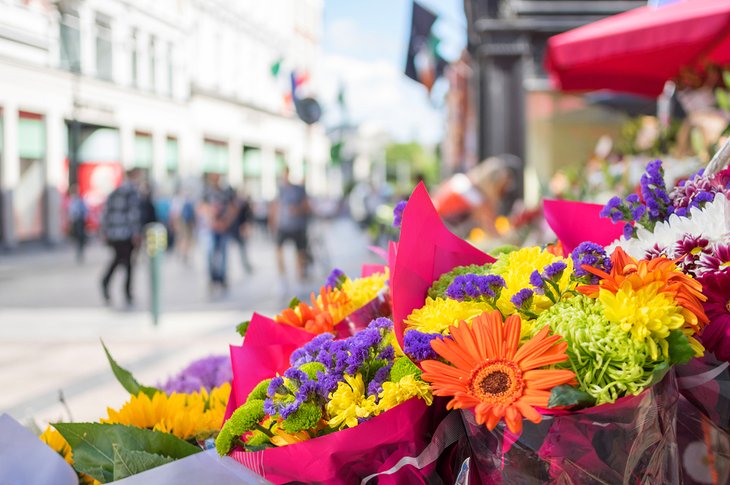
Just a short stroll south of Trinity College will take you to Dublin’s most popular shopping area, Grafton Street. It’s hard to miss the Molly Malone statue at the end of the street.
This diverse stretch is buzzing with activity every morning, noon and night. It’s a hub for buskers from classical quartets to traditional fiddle musicians and singer-songwriters. Here have been impromptu performances by many famous musicians, such as Bono of U2.
Apart from the buskers, there are many boutiques, jewelers and department stores. There is also an upmarket Brown Thomas. Many would agree that Bewley’s Oriental Cafe is the crown jewel of the crown. This Dublin institution has been at this location since 1927.
It’s worth a little detour to the Powerscourt Townhouse Centre, for its designer shops and trendy places.
3. Stroll around St. Stephens Green
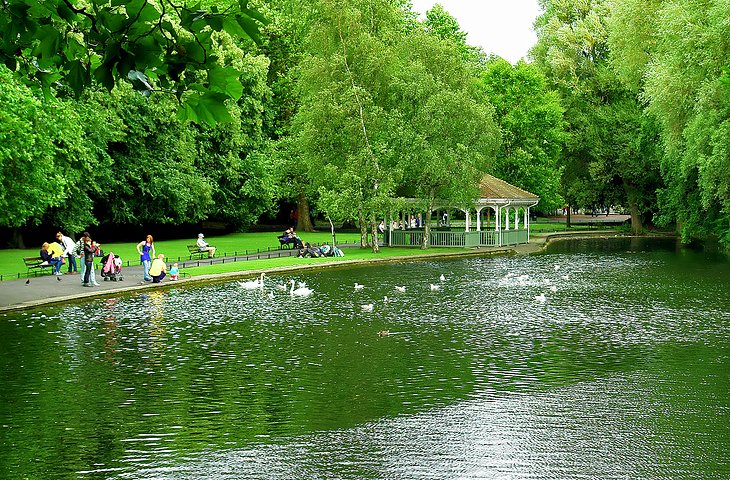
After you’ve had your fill at Bewley’s Oriental Cafe , a short walk to the top Grafton St takes you to Fusilier’s Arch which is the main entrance to St. Stephen’s Green. Although many Georgian buildings surround the “Green” (as it is locally known), some unfortunately fell by the wayside due to redevelopment, mainly during the 1960s, 70s and 80s.
This 22-acre park is a Dublin gem and an oasis of tranquility away from the bustle and bustle of city life. If the weather is good, you can relax on the grass and enjoy a picnic lunch. The lawns are surrounded by beautiful flowerbeds.
The park also features an ornate fountain in its center, a bridge that crosses a duck pond and a playground for children. Interestingly, the park was also the site of bitter combat during 1916 Uprising. However, both sides agreed that hostilities should cease while park-keeper fed ducks.
4. The Little Museum of Dublin
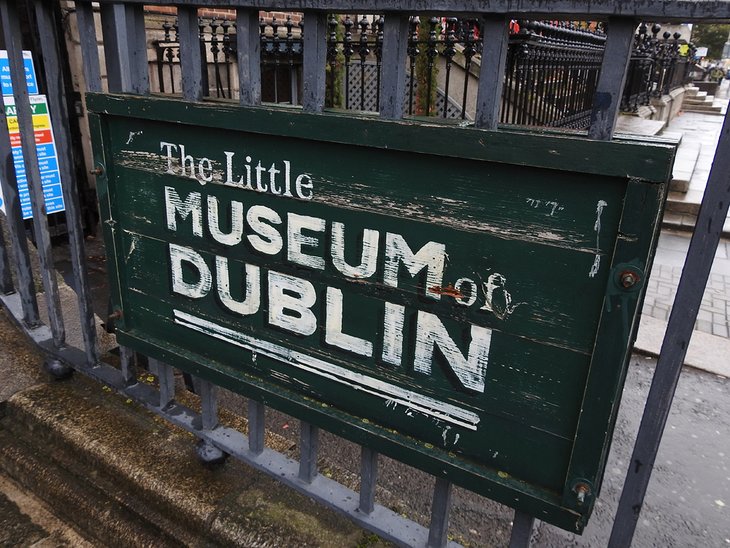
The Little Museum of Dublin is hidden in a charming area among all the city’s historic sights. It is located at the top end of Dawson Street and only a few minutes from Fusilier’s Arch. This museum offers a fascinating insight into Dublin’s past and present.
James Joyce famously stated, “In the particular is contained The Universal,” which sums up the essence of this treasure trove. History is written in the smallest details of people’s possessions.
The museum was opened in 2011 after an appeal for mementos. It now hosts a variety of temporary and permanent exhibitions. The John F. Kennedy lectern was used when he addressed both houses the Irish parliament (Oireachtas), in June 1963.
Address: 15 St. Stephen’s Green Dublin 2.
5. Explore Kildare Street Museums & Houses of Parliament
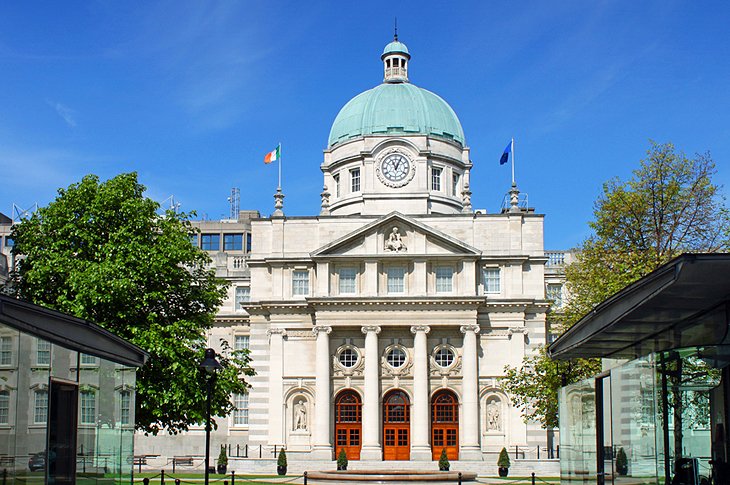
You can start your journey from the Little Museum of Dublin by walking past the iconic hotel Shelbourne Dublin to reach Kildare Street. There you will find the Irish Parliament on the left side.
Kildare House was the original name of the parliament building. It was named after James Fitzgerald, Earl of Kildare who ordered its construction in 1745. He wanted to build a magnificent Georgian mansion that reflected his high social standing. The house was renamed Leinster House after he became Duke de Leinster in 1766.
You should visit the National Library nearby, which has a permanent W.B. Yeats exhibition.
Address: Kildare Street Dublin 2, Ireland
6. National Museum of Ireland: Archaeology
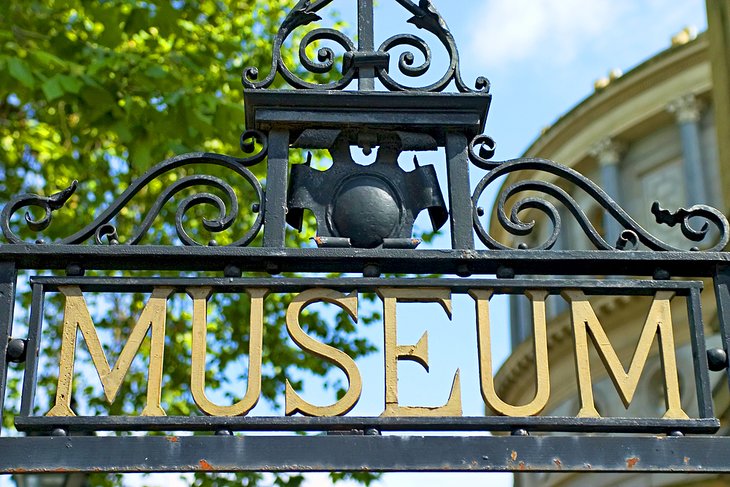
The National Museum of Ireland: archaeology is located on Kildare Street, near the National Library. It’s definitely worth your time. It has outstanding permanent exhibitions. Highlights include Ireland’s Gold, Prehistoric Ireland, as well as the Viking Collection.
The Treasury collection includes the stunning Ardagh Chalice. It is also worth a visit. This museum is widely regarded as the best things you can do in Dublin. It also offers tours, workshops, and other educational events.
Address: Kildare St. Dublin 2
7. The National Gallery of Ireland has Irish Art.
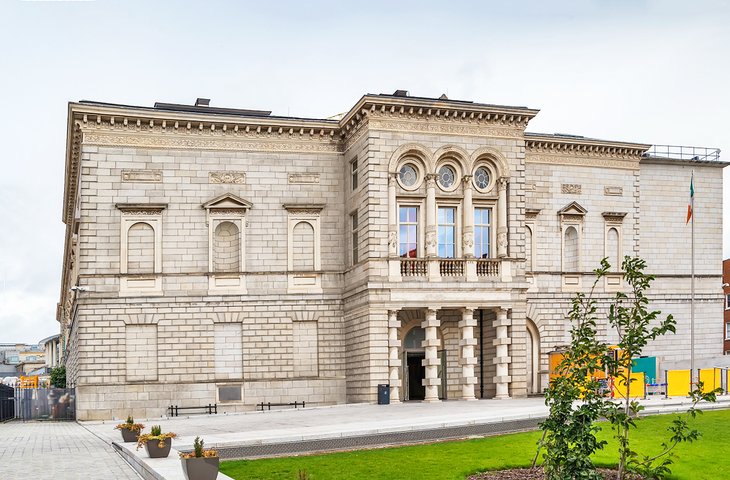
Turn right at Kildare Street’s end to reach the National Gallery of Ireland. There are entrances on Clare Street or Merrion Square West. This is a must-see when visiting the capital. It houses the best collection of Irish art and an exceptional collection of European art, from the Middle Ages up to the present.
The gallery was opened in 1864. Wings were added in 1968, 1903 and 2002. The Yeats Museum houses seven rooms that are devoted to Irish art, Italian painters, the Shaw Room and the Baroque Room.
It is home to four levels of impressive temporary exhibitions. There’s also a cafe that’s popular with both locals and tourists.
Address: Clare Street & Merrion Square, Dublin 2
8. Visit Merrion Square
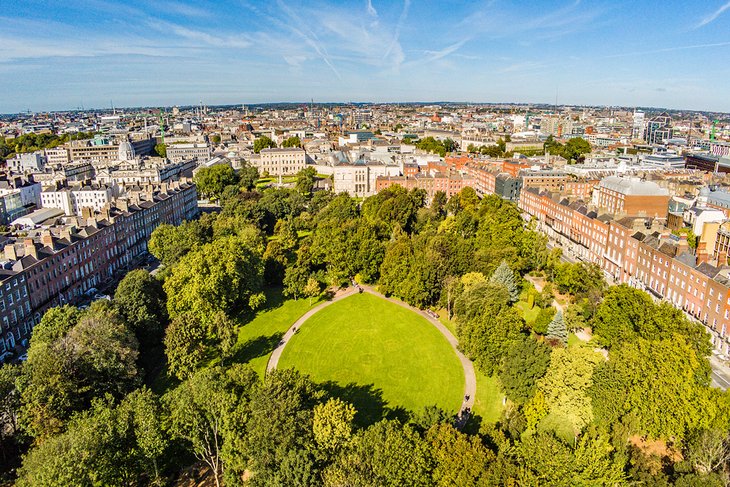
You’ll find Merrion Square when you exit the main portal of National Gallery. This square is made up of offices and stately homes and it can be seen in many images and postcards. It is home to a beautiful park that features a statue of Oscar Wilde, Dublin’s most famous writer and wit.
A pleasant stroll around the square will take you back to the Georgian era. It is possible to notice that many of the windows at the top of buildings are smaller than those further down. This was done to give the illusion that taller houses are actually lower than they really were. On weekends, local artists set up shop along the park’s perimeter and hang their artwork from the railings.
9. EPIC The Irish Emigration Museum
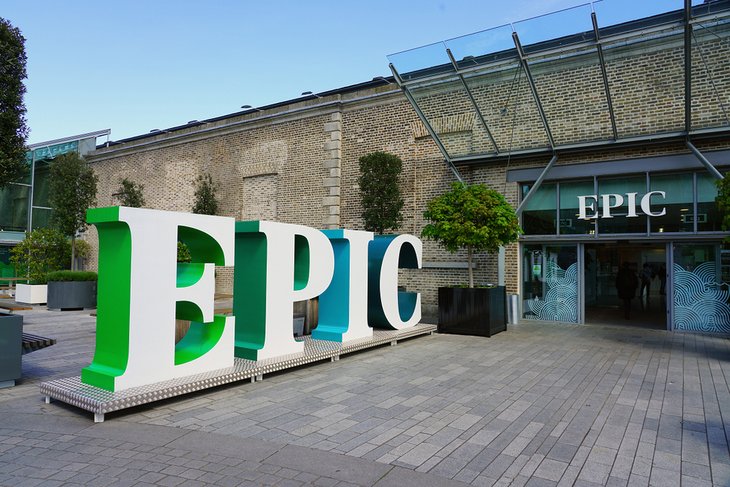
Ireland has been an exporter for people for a long time. The influence of the Irish can be seen all over America’s East Coast. Dublin’s EPIC The Irish Emigration Museum, a magnificent museum of Irish culture and history, is located in the city’s Docklands. This area has been the site of many sad farewells.
This fascinating museum was established in 2016 and offers a detailed, often emotional, account of Irish emigration through the centuries. There are over 20 different galleries that cover the history and influence of Irish migrants on the countries they settled.
If time is not a problem, the Irish Family History Centre has tips and resources to help you track your family history.
The JeanieJohnston: An Irish Famine Story is a nearby attraction. This museum’s centerpiece is a replica of the Jeanie, a sailing boat from Canada built in 1847 that transported untold number of Irish across the Atlantic.
Address: The Chq Building Custom House Quay North Dock Dublin 1
10. GPO Witness History Museum
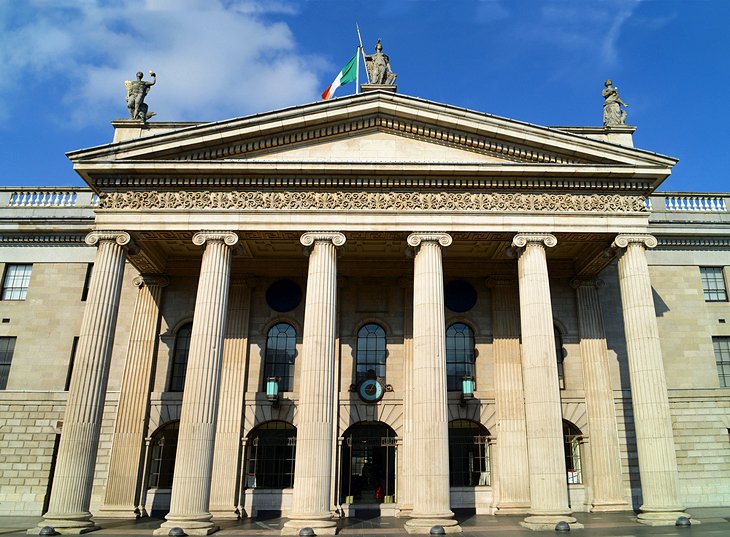
O’Connell Street is Dublin’s main thoroughfare and home to the iconic (General Post Office), built in 1814. Bullet holes can still be seen on the Neoclassical portico from the failed 1916 Uprising. The GPO Witness History Museum is the latest attraction in the city and is worth a visit if you want to learn more about this important event in Irish history.
Although the focus is on the period leading to the uprising as well as the actual uprising, interactive displays provide plenty of information about other important events such the Irish War of Independence and the Northern Ireland peace process. It is highly recommended to take guided tours.
Address: O’Connell Street Lower, North City, Dublin 1
11. The James Joyce Centre offers information about Ireland’s greatest writer.
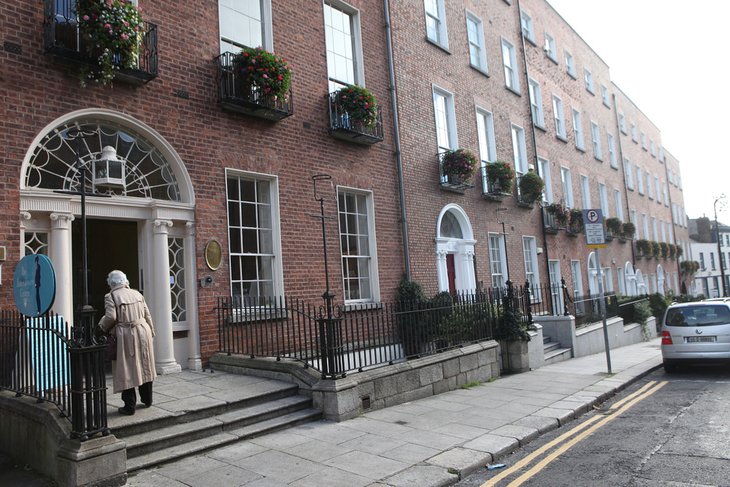
The James Joyce Centre, a Georgian house located around eight minutes from the GPO is home to the renowned Joycean scholar David Norris, a former Presidential Candidate from Ireland.
The museum is dedicated entirely to Joycean art and even though Joycean never lived there, he felt a connection through Prof. Denis J. Maginni (who ran a local dance academy). David Norris led a campaign to save the building and restore it.
The Dublin Writers Museum is a great place to start your journey to understanding Dublin’s literary history. This museum is located in Parnell Square in a charming 1700s house. It offers fascinating insight into the lives and most significant works of many of Ireland’s greatest authors. The museum also houses many artifacts, memorabilia and a collection paintings and portraits.
Address: 35 North Great George’s Street Dublin 1
12. National Museum of Ireland – Decorative Arts and History (Collins Barracks).
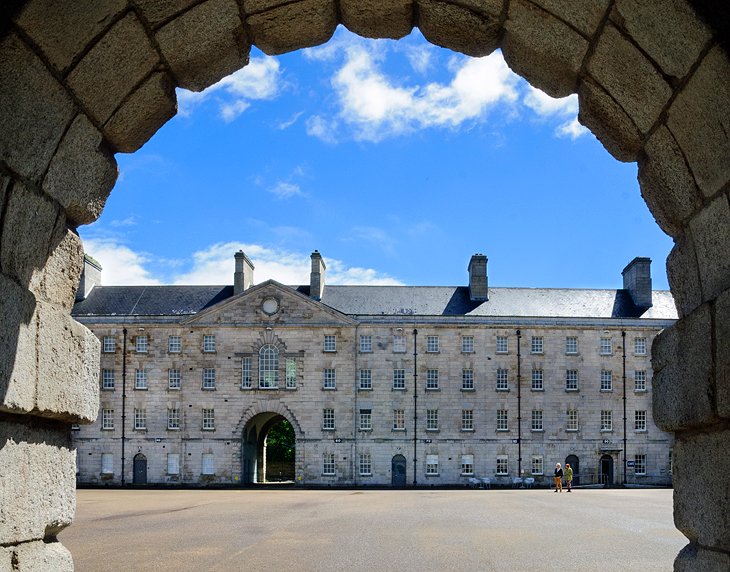
The National Museum of Ireland – Decorative Arts and History was originally an army barracks. It opened its doors in 1997. You will find collections of silver, jewelry, pottery, jewelry, furniture and haute couture fashion from Ireland. There are also exhibitions that explore Irish military history.
Other permanent exhibitions include a retrospective of Eileen Gray, modernist designer; Irish Silver from the 17th through 20th centuries; Asian Art, Irish Country Furniture; and Soldiers and Chiefs which exhibits historic military uniforms.
The Natural History Museum is another branch of the National Museum of Ireland that’s worth exploring. It was established in 1856, and has remained virtually unchanged since. This fact has earned it the title of “museum of a Museum” (or, more flatteringly, “Dead Zoo”) The museum has a large collection of fossils and specimens of countless species. It also offers free access to dioramas.
Address: Collins Barracks, Benburb Street, Dublin 7
13. Take the kids to Phoenix Park or Dublin Zoo
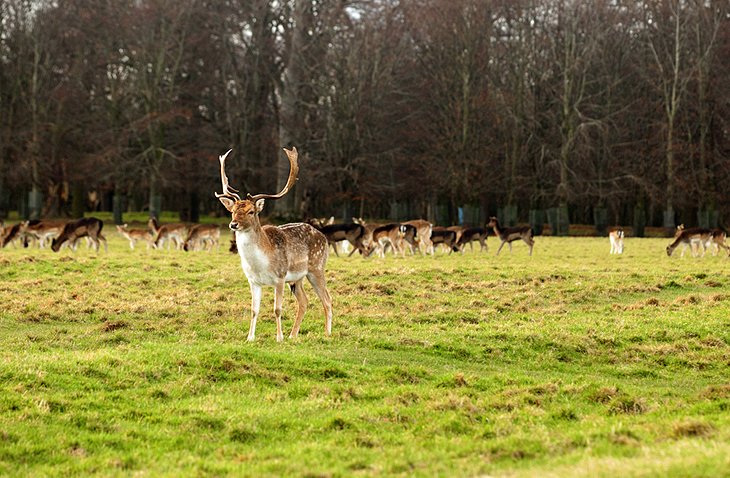
Dublin Zoo in Phoenix Park is just 18 minutes walk from Collins Barracks. It covers 1,750 acres and is Europe’s largest urban park. This is quite surprising considering Dublin is a small capital. The parkland is home to hundreds of deer.
For those who want to learn more about the park or its surroundings, there is a visitor centre located near Ashtown Castle (17th-century towerhouse). The stately Farmleigh House is located at the far Castleknock Gate End. It dates back to the 1800s, and was purchased by the Irish government from the Guinness family.
The main attraction for both Dubliners and visitors from abroad has been Dublin Zoo. It dates back to 1830 and is the second-oldest zoo Europe. The zoo is worth a visit.
There are many other exotic and rare animals in the sanctuary, including Asian lions and Asian elephants. There are restaurants and play areas for children, as well as a farm for the whole family.
14. Go to Jail: Kilmainham Gaol
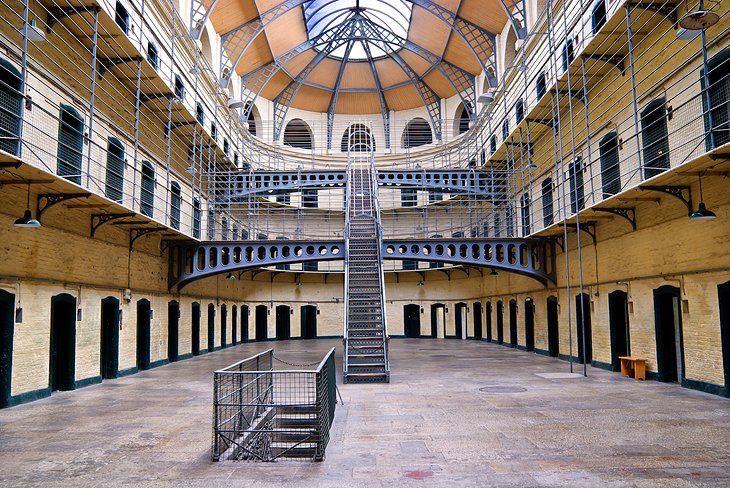
The notorious Kilmainham Gaol (jail), which dates back to 1789, is an important site in the history and development of Irish nationalism. Here, the 1916 rebel leaders were first imprisoned and then executed as high treason.
This modern exhibition gives you a glimpse of the past and highlights the struggle for Irish independence. The rest of the jail offers excellent guided tours that cover Irish history, 1796-1924. Stonebreaker’s Yard will send chills down your spine as it is where the leaders of the rebellion met their grisly end.
Address: Inchicore Road Dublin 8.
15. Christ Church Cathedral
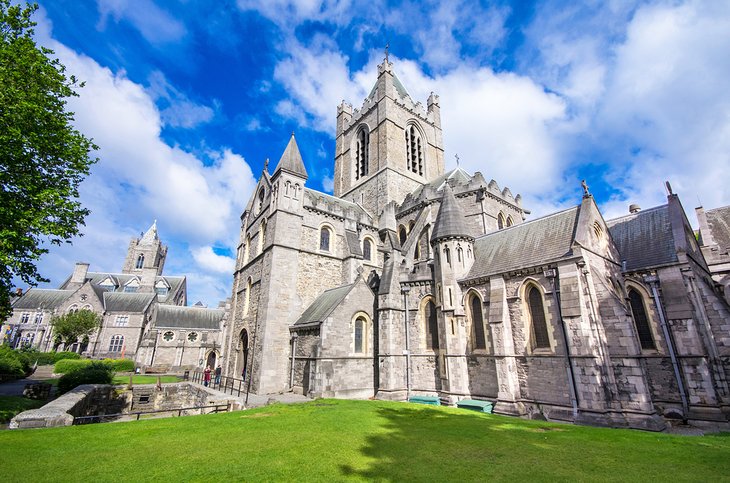
Christ Church Cathedral, which was rebuilt in 19th-century and dominates the surrounding area is built on the spot of Dublin’s original church. It was originally constructed of timber and was established in 1028.
The Great Nave is home to magnificent Gothic arches from the early Gothic period. Here you will also find a 14th-century reproduction of Strongbow’s tomb, which is located elsewhere in the cathedral. The fragment found alongside the original tomb is believed to be part of it and has been given the nickname “Strongbow’s Son”. The 13th-century saw parts of the vast crypt that runs the length the building.
Dublinia is also worth a visit. It’s a superb historical recreation of life from the Vikings period to the medieval period, located in the cathedral’s Synod Hall. You will find authentic street scenes and costumes, as well as characters dressed in period costumes that demonstrate various activities and traditions.
Address: Christchurch Place, Dublin 8
16. St. Patrick’s Cathedral
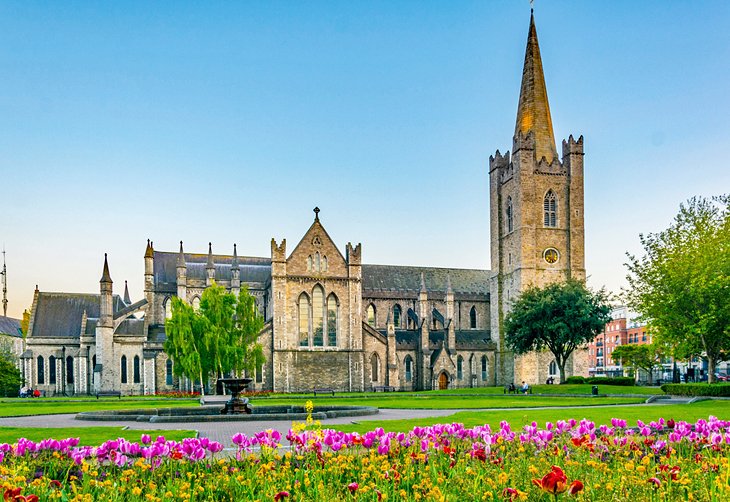
St. Patrick’s Cathedral, the National Cathedral of the Church of Ireland, is a short walk from Christ Church Cathedral. According to tradition, here St. Patrick was believed to have baptized Christians in AD 450.
The original structure was made of timber, just like Christchurch. Another church was built of stone in 1192. A little over a century later, another rebuilding took place. It was elevated to the status of cathedral.
Many embellishments have been made over the years, mainly in the mid-1700s when the steeple was constructed and later during major renovations. Gulliver’s travels author, satirist Jonathan Swift (1667-1745), was Dean at St. Patrick’s for 35-years. He is buried in the tomb to the right side of the entrance alongside his longtime love “Stella”, (Hester Johnson 1681-1728).
Address, St. Patrick’s Close Dublin 8
17. Dublin Castle and Chester Beatty Library
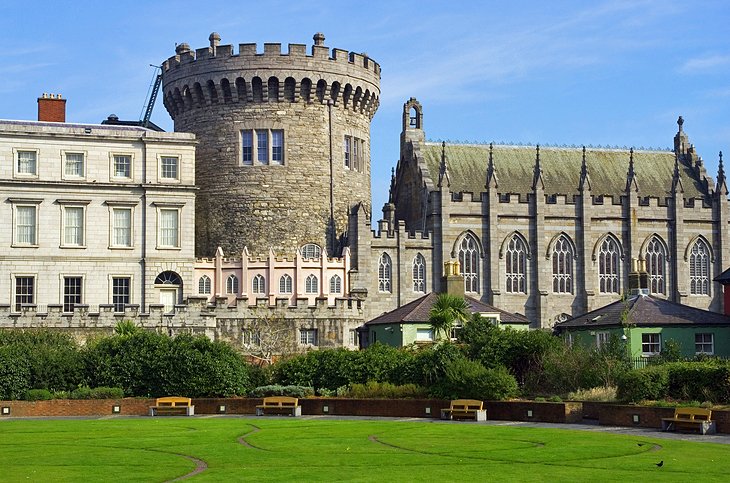
From 700 years of British rule to 1922, Dublin Castle was the central administrative site. It has been renamed many times: it was a medieval fortress, a vice-regal court and a function of government. Silken Thomas, an Irish rebel named for his fine clothes, launched an attack on the castle in 1534.
The castle is currently used primarily for ceremonies, exhibitions, concerts, and other events. Visitors can explore the stately apartments, as well as a variety of museums including Chester Beatty Library and Gallery.
Chester Beatty, an American living in Dublin and the founder of the museum, started it in 1953. It houses a fine collection, including manuscripts, books and ancient texts. The treasures include the French Books of Hours of the 15th and 14th centuries, a prayer book belonging to Philip II of Spain, Far Eastern art, Islamic prints and Sanskrit manuscripts (12th through 13th century), Indian miniatures and Babylonian clay tablet (2,500 to 2300 BC).
You will also find European medieval and Renaissance manuscripts, Egyptian Papyrus texts, copies of the Qur’an and the Bible, as well as European medieval and Renaissance manuscripts. There are also Buddhist paintings, Turkish and Persian miniatures, and woodblock prints from Japan as well as Chinese dragon robes and Japanese dragon shirts.
Address, Dame Street Dublin 2
18. The Irish Museum of Modern Art is open to the public
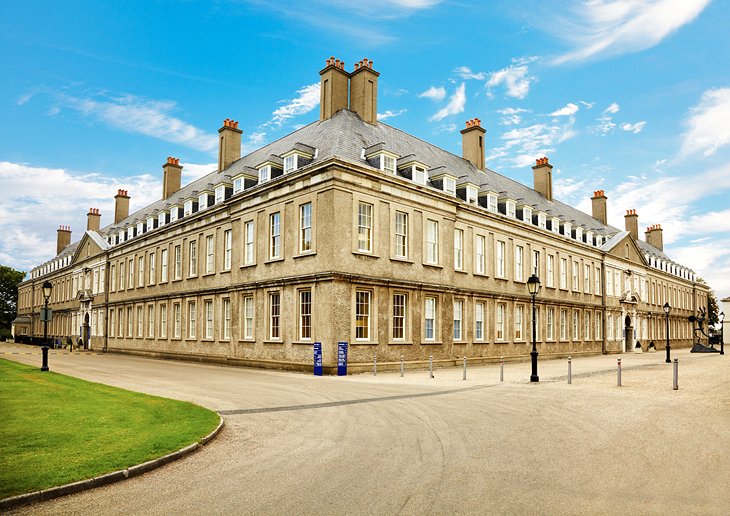
The Irish Museum of Modern Art (IMMA), which opened its doors in 1991, has been a top-rated gallery in Ireland. The museum focuses on contemporary and modern art and offers a variety of changing exhibits and displays. It also has works from other countries and Ireland.
Beautiful building. It was built in the late 1600s to serve as a hospital. Today, the building is a perfect backdrop for modern art and the artist studios that are located here. The museum’s permanent collection includes more than 3,500 works, including some from Ireland and some from overseas artists. There are guided tours and fun programs for children (there is also a cafe).
Address: Royal Hospital Kilmainham Military Road, Kilmainham Dublin 8
19. The Irish Rock ‘n Roll Museum Experience
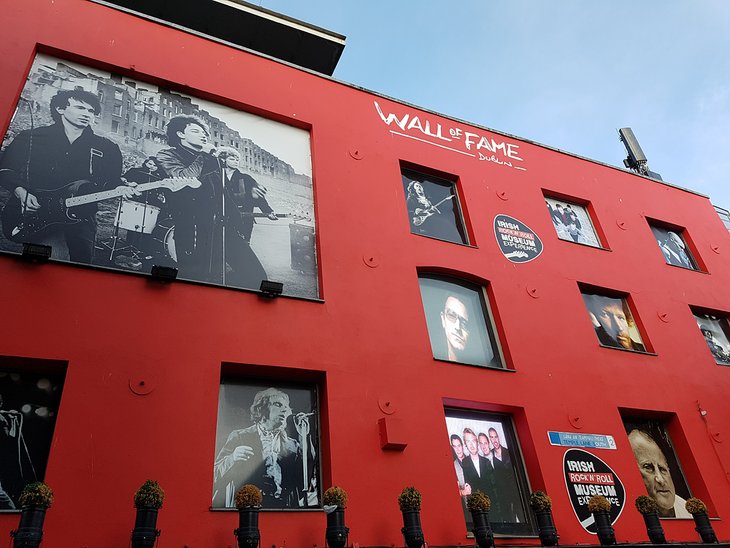
The Irish Rock ‘n’ Roll Museum Experience is a must-see for music lovers. It focuses on the best musical acts from Ireland. This immersive, one-hour tour allows you to catch acts such as U2 or Thin Lizzy at various stages in their careers.
You’ll also see memorabilia and artifacts from these and other top Irish bands along the way. Also, listen to their music and hear stories about the writing and touring process.
The National Leprechaun Museum (honest!) is another interesting sightseeing option. This fun museum was opened in Jervis Street in 2010. It features interesting exhibits and displays related to these mythical creatures. Your tour guide will also explain the significance of Irish folklore to Irish culture as well as the impact it has had on Hollywood.
Address: Curved Street Temple Bar, Dublin D02
20. Side trip to Dalkey/Killiney
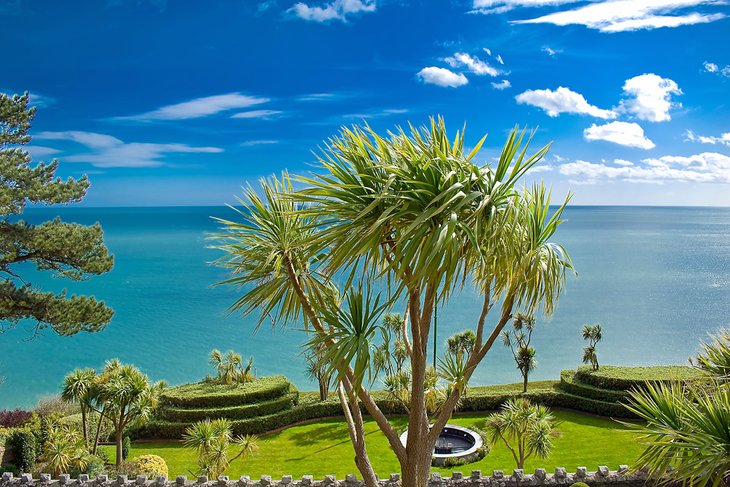
It is a must-see, and only 25 minutes southbound on the DART (Dublin’s light rail network). Both Dalkey and Killiney are easily accessible from Dalkey town.
It is recommended that you disembark at the first stop. There’s an excellent visitor centre at Dalkey Castle with information about the area and, best of all, live performances. This fun guided tour takes you to the top of the castle ramparts.
Dalkey was once the principal trading post along Dublin’s east coast. The harbor at Coliemore Road was where medieval cargo ships could unload their goods. You can find Dalkey Island, which is just opposite the harbor. It takes about 15 minutes to reach Vico Road, with breathtaking views over Killiney Bay.
Continue climbing to Killiney Hill for more spectacular views. This is a public park which is home to many bird and wildlife species.
Address: Castle Street in Dalkey, Co. Dublin
21. A Day Trip to The Cliffs of Moher
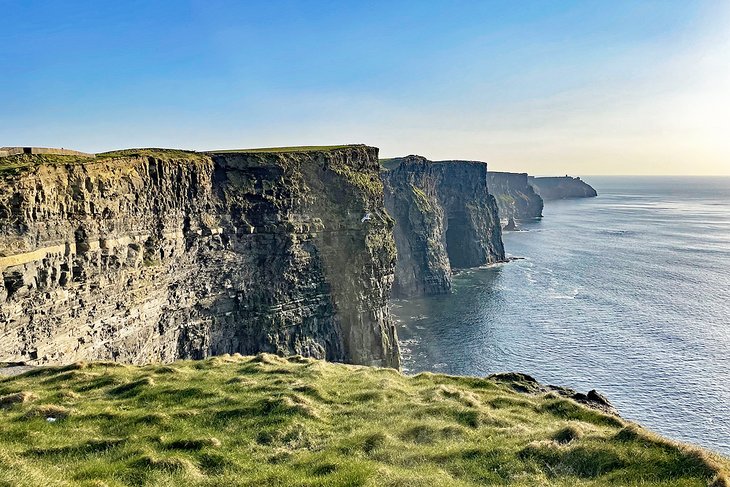
Enjoy a full-day guided tour Cliffs of Moher Daytrip in luxury coach. This excursion is a great value and takes you through County Clare’s stunning countryside. It also offers the chance to visit Doolin with its wonderful traditional music and country pubs. You also get access to the Cliffs of Moher and Burren National Parks.
You’ll also have a professional tour guide who will share information about the area’s geology. There’s plenty of time to take great photos and enjoy a leisurely walk to some of Ireland’s most beautiful views. You will also be able to stop in Galway.
Tips and Tours: How To Make The Most Of Your Dublin Visit
- Save Money and See the Sights: If you are flying to Dublin and have a packed schedule, the Dublin Freedom Pass: Transport and Seizing is a great value option. The pass is valid for 72 hours and includes airport transfers, a Dublin Green hop on hop off bus tour, Central Dublin bus transport by day, as well as discounted entry to select attractions.
- Bus Tour: A second option is the one or two-day Dublin Hop-On-Hop Off Tour. This gives independent travelers more control over their choices.
- Amphibious Tour – Children of all ages will enjoy the 75-minute Dublin Viking Duck Tour. Explore the city by water and land in an amphibious World War II vehicle.
- Blarney castle and Cork Day Trip – You can explore some of Ireland’s top attractions with the Blarney and Cork Day Trip. This luxury coach takes you through lush countryside and includes a driver and guide as well as access to the Blarney Stone & Rock of Cashel.
- Northern Island Day Trip The Northern Ireland Day Trip departing from Dublin: Belfast Black Taxi Tour, Giant’s Causeway will allow you to learn about Belfast’s turbulent history and visit a World Heritage-listed geological wonder. All inclusive includes professional guides, pick-up and drop off at your hotel and entry fees to key attractions.
- Three-Day Trip: For a more detailed tour of Dublin’s surroundings, consider the 3-Day Cork and Blarney Castle, Ring of Kerry, Cliffs of Moher Rail Trip. This package is a great value and includes a host, entry fees to the attractions, coach or rail travel with reserved seating, two nights accommodation, and a full Irish breakfast.



